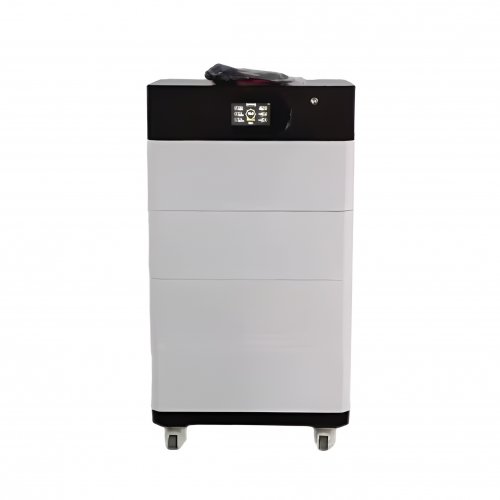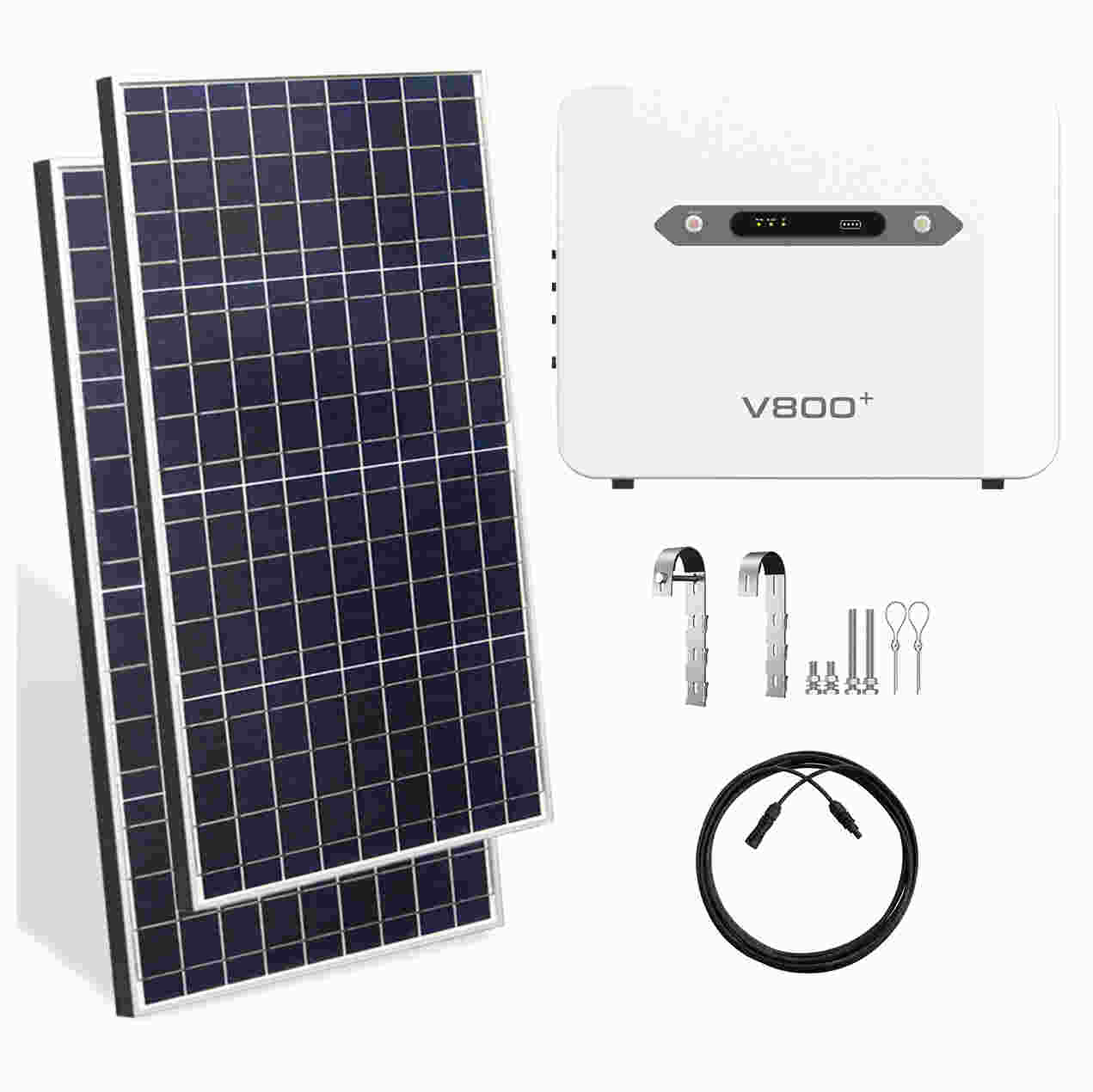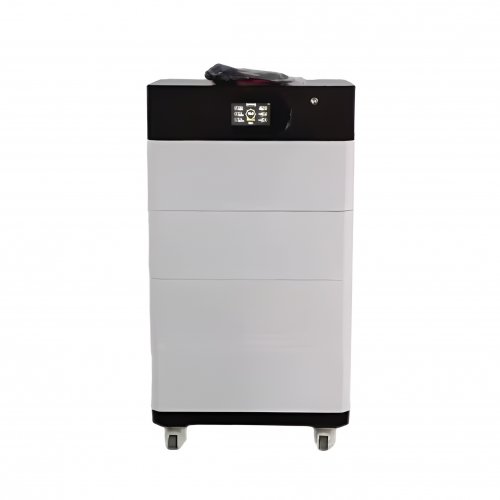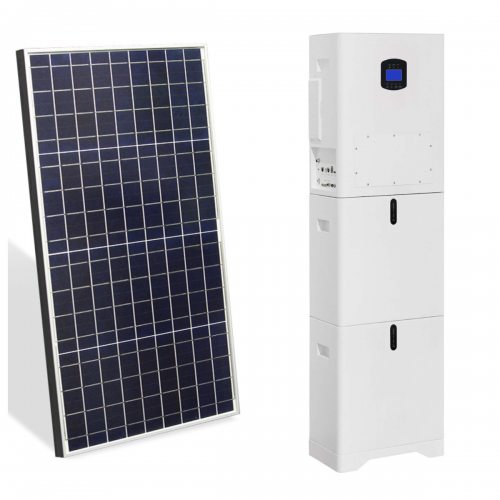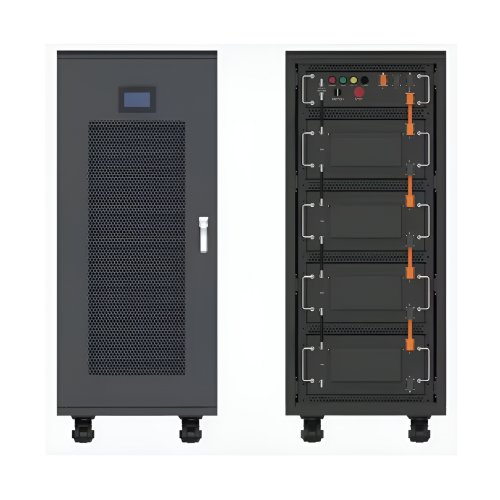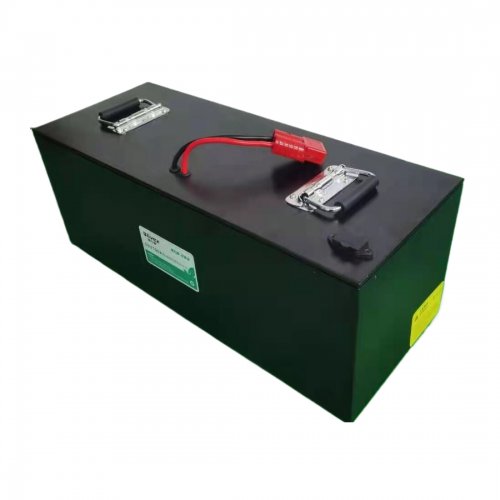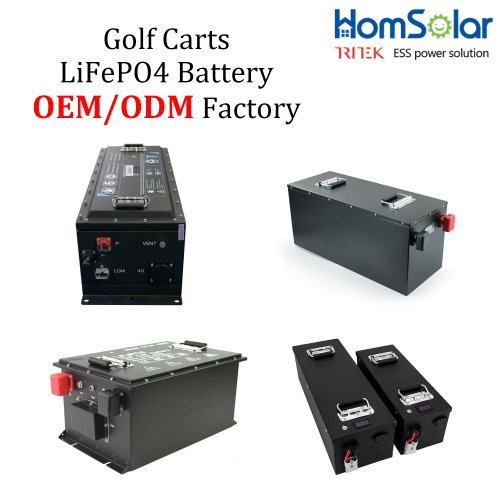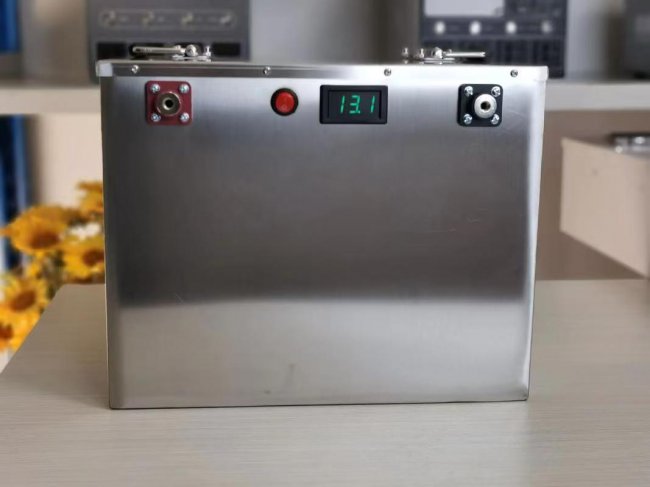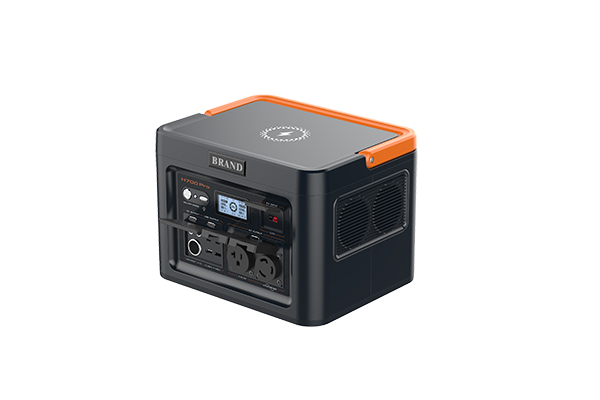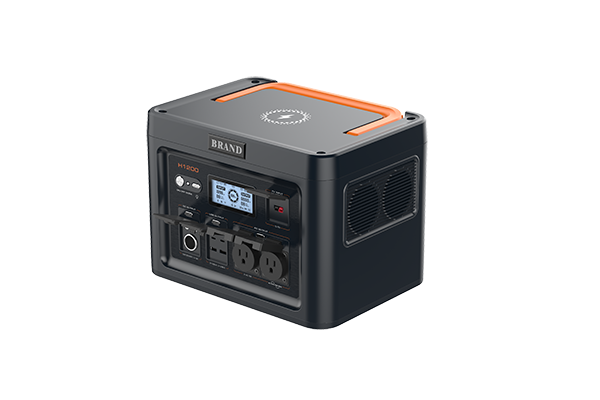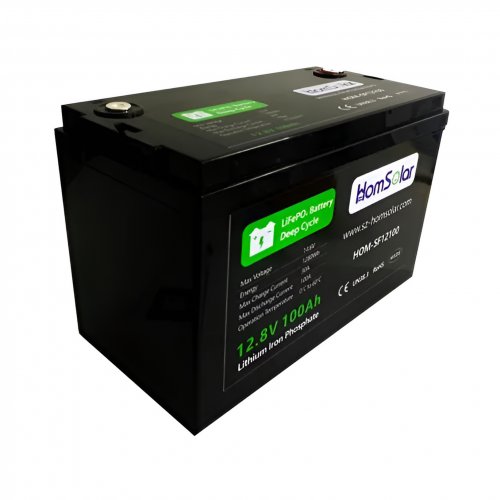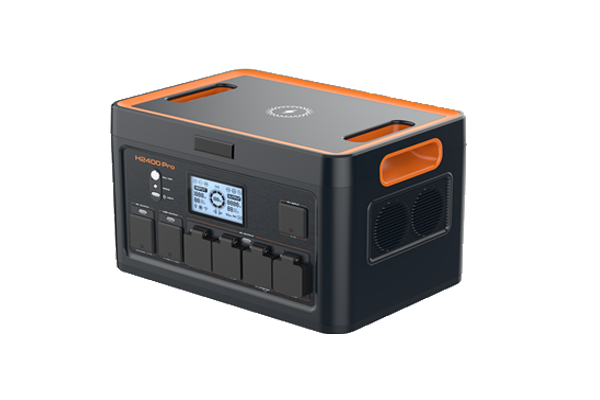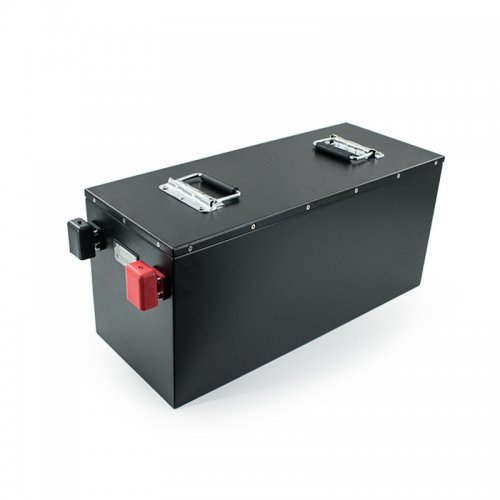Advances In Energy Density: Pushing The Boundaries Of Electrochemical And Post-lithium Storage
The relentless pursuit of higher energy density—the amount of energy stored in a given system mass or volume—remains the central driving force in energy storage research. As the demands of electric vehicles (EVs), portable electronics, and grid-scale storage escalate, the limitations of conventional lithium-ion batteries (LIBs) have become increasingly apparent. The scientific community is responding with a multi-pronged assault on these limitations, pioneering new materials, re-engineering cell architectures, and exploring entirely new electrochemical paradigms. This article explores the recent groundbreaking advancements and future trajectories in enhancing energy density across various energy storage technologies.
Refining the Incumbent: High-Voltage and Lithium-Metal Anodes in LIBs
Despite being a mature technology, the lithium-ion platform continues to evolve. A primary strategy involves increasing the cell voltage by developing stable high-voltage cathodes. Materials like lithium nickel manganese oxide (LNMO) with a spinel structure offer operating voltages above 4.7 V vs. Li/Li⁺, significantly boosting the energy density without altering the anode. However, their commercialization has been hampered by severe electrolyte decomposition and transition metal dissolution at such high potentials. Recent breakthroughs involve the development of novel electrolyte formulations, including highly concentrated "solvent-in-salt" electrolytes and the use of fluorinated solvents and additives. These form robust, inorganic-rich cathode-electrolyte interphases (CEI) that effectively suppress oxidative degradation, enabling the stable cycling of these high-voltage systems (Xiang et al., 2023).
The most significant leap within the lithium-based domain is the revival of the lithium-metal anode (LMA). With an ultra-high theoretical capacity (3860 mAh g⁻¹) and the lowest electrochemical potential (-3.04 V vs. SHE), lithium metal is the "holy grail" of anodes. Its historical failure, due to dendritic growth and unstable solid electrolyte interphase (SEI), is being addressed through ingenious interfacial engineering. Research has focused on constructing artificial SEI layers using polymers, inorganics, or composites to homogenize lithium-ion flux. Furthermore, the use of three-dimensional host structures, such as porous copper scaffolds, reduces the local current density and mitigates volume changes during cycling. When paired with high-capacity cathodes like sulfur or oxygen, the lithium-metal system forms batteries (Li-S, Li-Air) with the potential to far exceed the energy density of any commercial LIB.
Beyond Intercalation: The Rise of Solid-State and Lithium-Sulfur Batteries
The transition from liquid to solid-state electrolytes (SSEs) is arguably the most transformative trend, acting as a key enabler for the lithium-metal anode. SSEs, comprising inorganic ceramics (e.g., LLZO, LGPS) or solid polymers, are mechanically robust enough to physically suppress lithium dendrite penetration. This unlocks the safe integration of the LMA. Recent progress has been remarkable, with several startups and automakers demonstrating large-format solid-state battery prototypes. The focus has shifted from material discovery to solving interfacial challenges, such as poor solid-solid contact and chemo-mechanical degradation at the electrode-electrolyte interfaces. Strategies like sintering, applying interfacial coatings, and developing compliant composite electrolytes have shown promise in reducing impedance and enabling high areal capacity loading (Cheng et al., 2024).
Concurrently, the lithium-sulfur (Li-S) battery continues its path toward commercialization. Its appeal lies in the high theoretical energy density (~2600 Wh kg⁻¹) and the abundance of sulfur. The primary obstacles are the polysulfide shuttle effect—where soluble lithium polysulfides migrate between electrodes—and the insulating nature of sulfur and its discharge products. The last few years have seen sophisticated cathode design strategies emerge. Confining sulfur within highly conductive porous carbon matrices or polar hosts (e.g., metal oxides, nitrides) that chemically adsorb polysulfides has proven highly effective. Moreover, the development of catalytic materials that accelerate the conversion kinetics of polysulfides has drastically improved sulfur utilization and cycle life, pushing Li-S batteries closer to practical application.
Post-Lithium Frontiers: Sodium, Potassium, and Multivalent Ions
While lithium-based technologies advance, concerns over lithium cost and geopolitical supply chain risks have spurred intense interest in post-lithium alternatives. Sodium-ion batteries (SIBs) have seen a dramatic resurgence, with several GWh-scale factories now under construction. Early SIBs used Prussian blue analogues and layered oxides as cathodes, but recent breakthroughs involve the development of layered oxide cathodes with strategic anionic redox activity or the use of iron-based polyanion compounds, offering competitive energy densities at a lower cost. The search for better anodes has also moved beyond hard carbon to include alloying materials like phosphorus, which exhibit high capacities.
Beyond sodium, potassium-ion batteries (KIBs) and multivalent systems (Mg²⁺, Zn²⁺, Al³⁺) represent the next frontier. KIBs benefit from the high conductivity of K⁺ ions and the ability to use graphite as an anode. Research is focused on finding stable cathode materials that can accommodate the larger K⁺ ion without structural collapse. Multivalent batteries offer the potential for even higher energy densities because each ion carries more than one electron. For instance, a magnesium-metal anode is dendrite-free and has a high volumetric capacity. However, the development is in its infancy, hampered by the slow diffusion of multivalent ions in host materials and the lack of high-voltage, compatible electrolytes. Recent work on Chevrel phase cathodes and novel organo-haluminate electrolytes for magnesium batteries has shown that these kinetic and thermodynamic barriers can be overcome.
Future Outlook and Concluding Remarks
The future of energy density enhancement is not a single, linear path but a convergent one. We are likely to witness the co-existence and specialization of multiple technologies. All-solid-state lithium-metal batteries are poised to dominate the high-end EV and aerospace sectors within the next decade, offering a combination of safety and high energy density. Li-S batteries may find their niche in applications where weight is paramount, such as aviation and drones. Meanwhile, SIBs will likely capture a significant portion of the stationary storage and low-range EV markets due to their cost advantage.
The next wave of innovation will be deeply interdisciplinary, leveraging advanced characterization techniques likein-situneutron scattering and cryo-electron microscopy to understand interfacial phenomena at the atomic scale. Furthermore, the integration of artificial intelligence and machine learning is accelerating the discovery of novel electrolyte compositions and stable material interfaces, moving beyond traditional trial-and-error approaches.
In conclusion, the field of energy density is experiencing a period of unprecedented dynamism. From the incremental yet crucial improvements in conventional LIBs to the radical paradigm shifts offered by solid-state and post-lithium chemistries, the collective research effort is steadily dismantling the barriers to a more electrified and sustainable future. The goal is no longer just to store more energy but to do so safely, sustainably, and affordably.
ReferencesCheng, X., Zhao, C., & Zhang, Q. (2024). Interface Engineering for Solid-State Lithium Batteries: A Review.Joule, 8(1), 1-25.Xiang, J., Zhao, Y., & Yu, L. (2023). High-Voltage Electrolytes for Lithium-Ion Batteries: From Fundamentals to Applications.Advanced Energy Materials, 13(15), 2203701.
Customized/OEM/ODM Service
HomSolar Supports Lifepo4 battery pack customization/OEM/ODM service, welcome to contact us and tell us your needs.


HomSolar: Your One-stop LiFePO4 Battery Pack & ESS Solution Manufacturer
Our line of LiFePO4 (LFP) batteries offer a solution to demanding applications that require a lighter weight, longer life, and higher capacity battery. Features include advanced battery management systems (BMS), Bluetooth® communication and active intelligent monitoring.

Customised Lithium Iron Phosphate Battery Casing
ABS plastic housing, aluminium housing, stainless steel housing and iron housing are available, and can also be designed and customised according to your needs.

HomSolar Smart BMS
Intelligent Battery Management System for HomSolar Energy Storage System. Bluetooth, temperature sensor, LCD display, CAN interface, UART interface also available.


Terminals & Plugs Can Be Customized
A wide range of terminals and plugs can be customised to suit the application needs of your battery products.

Well-designed Solutions for Energy Storage Systems
We will design the perfect energy storage system solution according to your needs, so that you can easily solve the specific industry applications of battery products.



About Our Battery Cells
Our energy storage system products use brand new grade A LiFePO4 cells with a battery lifespan of more than 4,000 charge/discharge cycles.



Applications in Different Industries
We supply customized & OEM battery pack, assemble cells with wiring, fuse and plastic cover, all the cell wires connected to PCB plug or built BMS.
Applications: E-bike, Electric Scooter, Golf Carts, RV, Electric Wheelchair, Electric Tools, Robot Cleaner, Robot Sweeper, Solar Energy Storage System, Emergency Light, Solar Power Light, Medical Equipment, UPS Backup Power Supply.
We can provide you with customized services. We have the ability to provide a vertical supply chain, from single cells to pack/module and to a complete power solution with BMS, etc.


HomSolar (Shenzhen) Technology Co., Ltd







